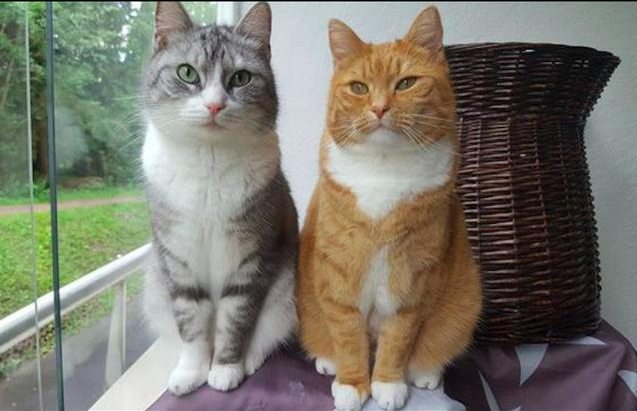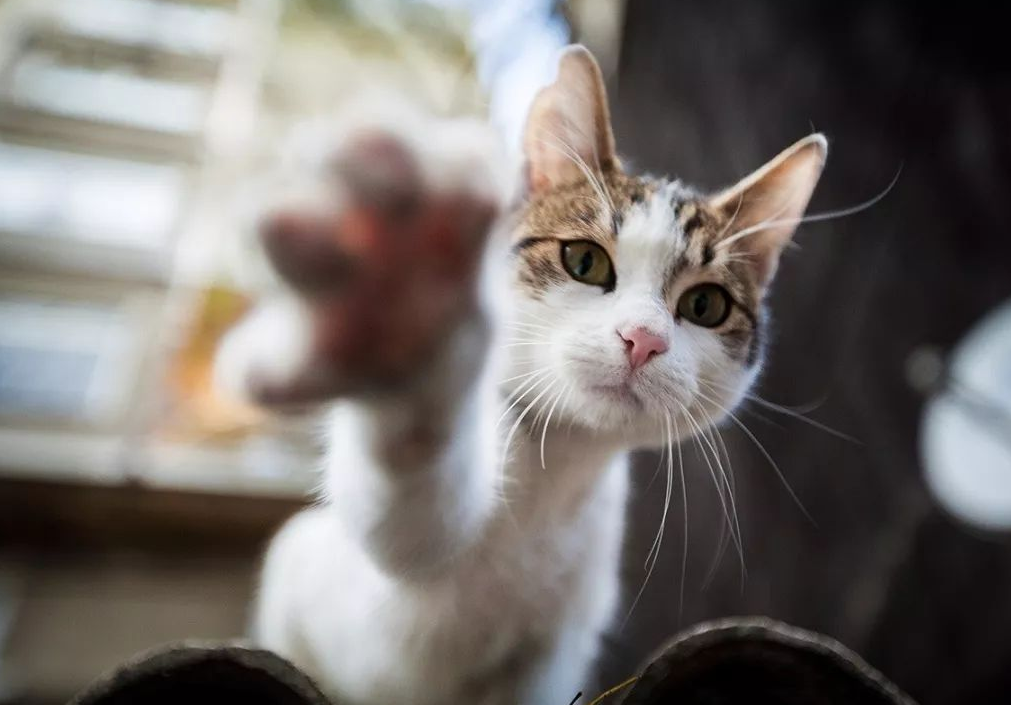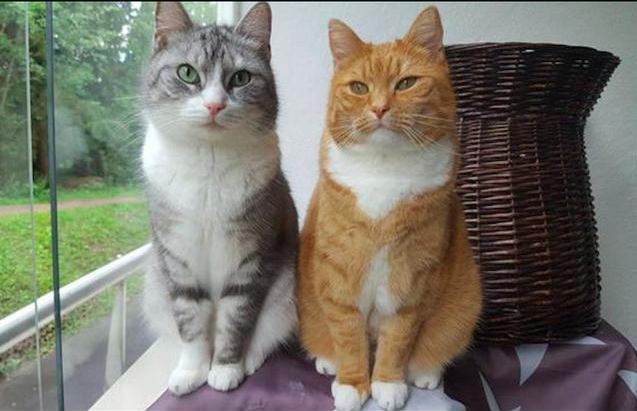The cat has overcome many obstacles and finally embarked on the “path of cat life” of “giving birth to children”, and is about to usher in the heavenly happiness of “children and grandchildren”. What a joyous occasion! What should the owner do when faced with a cat’s pregnancy? It is essential to give your cat special care and attention. The key is, as owners we should know how to do! Let’s learn it together!
1. Pregnancy test
As the name suggests, it is a way to see if your cat is pregnant and to see what symptoms of pregnancy your cat has. A pregnant cat’s nipples change color from light pink to dark pink within three weeks of the cat mating, and the hair next to the nipples will fall out, making the nipples stand out. Three to four weeks after conception, the cat’s belly is a distinctly round ball shape. After this, the fetus is instead not so easy to feel, but it is possible to touch it.
If necessary, the fetus can also be viewed by ultrasound equipment within 2-3 weeks of the cat’s pregnancy; x-rays can be taken to view the number of fetuses at 5 ½ weeks after conception.
2. Care and Nutrition
The average cat’s gestation period is 63-66 days, and some will last up to 71 days. If it is premature, most will be stillborn or die shortly after delivery. That is why it is important to make sure that the mother cat is well nourished during her pregnancy and needs to be supplemented with higher amounts of protein and calories. High-quality proteins, such as moderate amounts of dairy products, eggs and meat, can be added to the dry feed (about 10% of the amount) to increase the protein content and flavor of the food, and also not to destroy the balance of nutrition.
The amount of food fed should be gradually increased as the gestation period lengthens. Towards the end of pregnancy, the mother cat should eat twice as much as she did before pregnancy, but due to the growth of the fetus and the pressure on the surrounding organs, it is impossible for the mother cat to eat the required amount in two meals, so you must increase the frequency of feeding or leave the food out to eat freely with the mother cat.

3. Pending labor
Cat waiting for labor is also an important task. First of all, we have to make sure that during the mother cat’s pregnancy she is not overfed, or that she is obese with flabby muscles due to insufficient exercise, which can cause difficulties in labor. A cardboard box is the best and simplest maternity ward, with an opening 10-15 centimeters from the bottom to facilitate access for the mother cat and to prevent the kittens from falling out. It is also best to have a lid that can be opened to take care of the kittens when needed. It is best to start acclimatizing the mother cat to the box 1 week before the birth, try putting clean soft towels to encourage her to sleep in it.
4. Production
Usually 1-2 days before a cat gives birth, they will have no appetite for food, be more restless than usual, meow more, or tear up things laid out in the box used for birth, and even vomit, etc.
The closer they get to the time of birth, the more they will go to licking their abdomen and reproductive organs. If you don’t pre-position your female cat in the birthing room, she may give birth on your bed, in a cupboard or elsewhere!
5. Childbirth
Once the kittens are born, the sac should be broken immediately to allow the kittens to breathe freely. Usually the mother cat will do this immediately, but some inexperienced or nervous mother cat night may forget to oh. If this is the case, parents should immediately break the membrane sac, otherwise the kitten will suffocate and die. If the umbilical cord has not fallen off at birth, the mother cat will clean the kitten after giving birth and naturally bite the cord off.
If the mother cat hasn’t started cleaning it 15 minutes after the kitten is born, parents can use clean thread or unwaxed dental floss to tie the umbilical cord between 1-25 centimeters away from the body, and then hurriedly cut off any umbilical cord that is too long. Note that too short a cord is susceptible to infection, so don’t leave the cord too short! In addition, dip the break in iodine solution or sterilized water again to avoid the cat getting infected.
About the cat pregnancy of those preliminary work is basically these, if your cat is about to embark on this “cat life”, be sure to take a good look at Oh!

